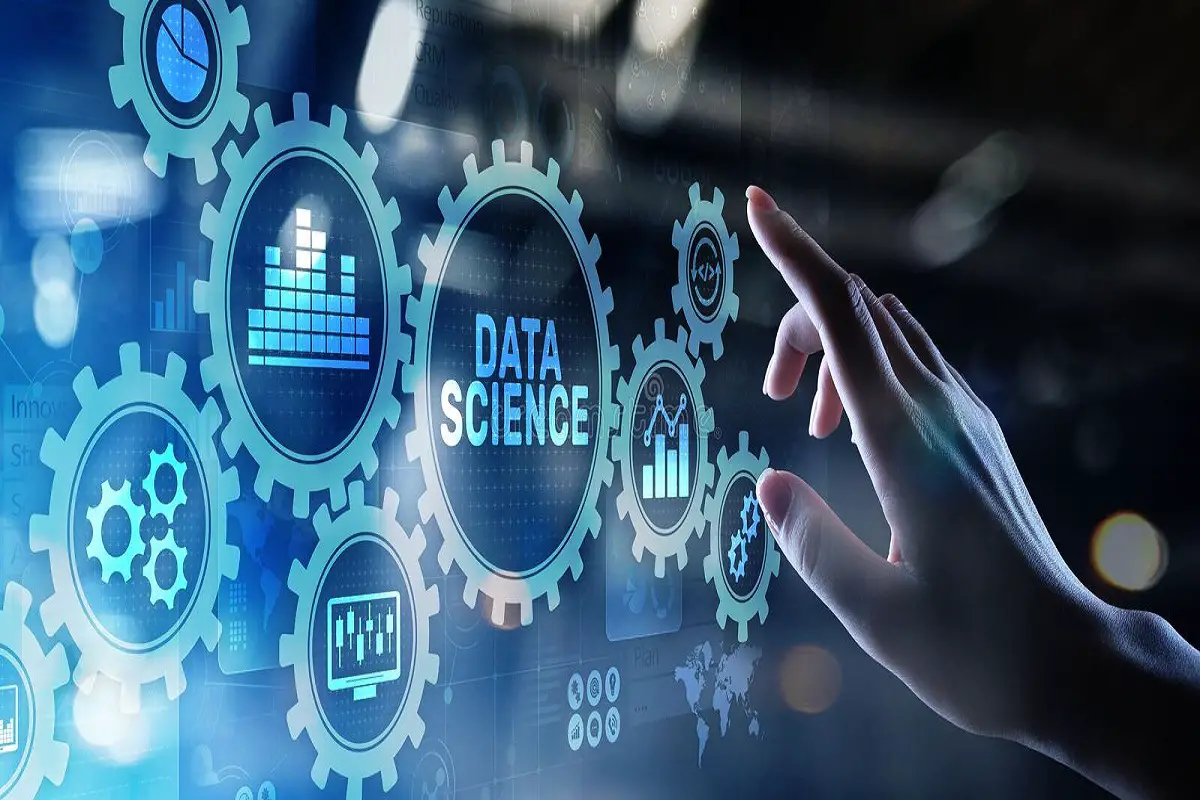In recent years, data science has driven the most significant advances in the technology industry, making more things possible. Deep learning, natural language processing, and advances in computer vision have resulted in digital assistants, wearable devices, streaming recommendations, home automation, and other applications. Most people find it difficult to keep up with the data science industry due to the rapid evolution of these products and technologies. With teams regularly developing new technologies, techniques, and tools, the way we think about data science today is almost revolutionary compared to the way we thought about the field just a few years ago. That has resulted in a change to the data science course curriculum for those following an online data science course so that they can become familiar with recent trends. So, let’s take a look at the top five data science trends impacted in 2022.
What is data science?
Data science is defined as the entire process of extracting useful information from raw data, and that includes concepts like statistical analysis, data analysis, machine learning algorithms, data modeling, data pre-processing, etc. In simple terms, data science is the field of study in which data is processed using advanced statistical and mathematical concepts and machine learning techniques.
In data science, raw data from various sources is collected to explain the business problem. Subsequently, data simulation is performed using different statistical analysis and machine learning approaches to obtain the best solutions that best explain the business problem. Once that part is complete, data science provides actionable insights that can be used to solve business problems.
The best data science trends
Below are five of the best data science trends in 2022.
- Smarter and more scalable AI: Instead of conventional AI techniques, some smarter and scalable AI and machine learning techniques are now available on the market that can work with small data sets. These systems are highly adaptable, protect privacy, are significantly faster, and provide a faster return on investment. The combination of AI and Big Data has the potential to automate and reduce most manual tasks.
- Agile and Composite Data and Analytics: Innovation, differentiation, and digital growth are possible with agile data and analytics models. The goal of Edge and Composable Data Analytics is to provide an easy-to-use, flexible, and seamless experience by using various ML, AI, and data analytics solutions. That would not only enable leaders to connect business insights and actions, but also promote enterprise cooperation, efficiency, agility, and advanced analytics transformation.
- Edge Computing for faster analysis – You can find various data analysis tools on the market. However, there is a problem with the massive data processing capabilities. As a result, the concept of quantum computing has emerged. Computing has accelerated the capabilities of processing vast amounts of data by using less bandwidth while providing better data security and privacy by applying the laws of quantum mechanics. That’s far superior to traditional computing because decisions are made using quantum bits.
- Decision intelligence designed: Decision intelligence is gaining popularity. It covers a wide range of decision making and enables organizations to gain the insights needed to drive business action faster. It includes traditional analytics, artificial intelligence, and complex applications of adaptive systems. Engineering decision intelligence, when combined with composability and a common piece of data structure, has the ability to help companies optimize decision making. Designed decision analysis is not intended to replace humans, but rather to complement human decisions.
- Data Visualization – Data visualization has quickly taken the market by storm with evolving market trends and business intelligence. Data visualization is known as the final mile of the analytics process and helps companies understand large amounts of complex data. Through the use of visually interactive methods, data visualization has facilitated business decision making. It influences the analyst’s methodology by allowing data to be observed and presented in the form of patterns, tables, graphs, etc. Because images are more interpreted and remembered by the human brain, it is a great way to forecast future business trends.
Conclusion
The key trends in today’s fast-paced market are data science, big data analytics, and artificial intelligence. The data analytics industry is expanding rapidly as more organizations adopt data-driven models to optimize their business processes. The five data science trends mentioned above have made a huge impact in 2022. All these trends have been implemented in the latest data science course curriculum. So take a course today!
Subscribe to our latest newsletter
To read our exclusive content, sign up now. $5/month, $50/year
Categories: Technology
Source: vtt.edu.vn
